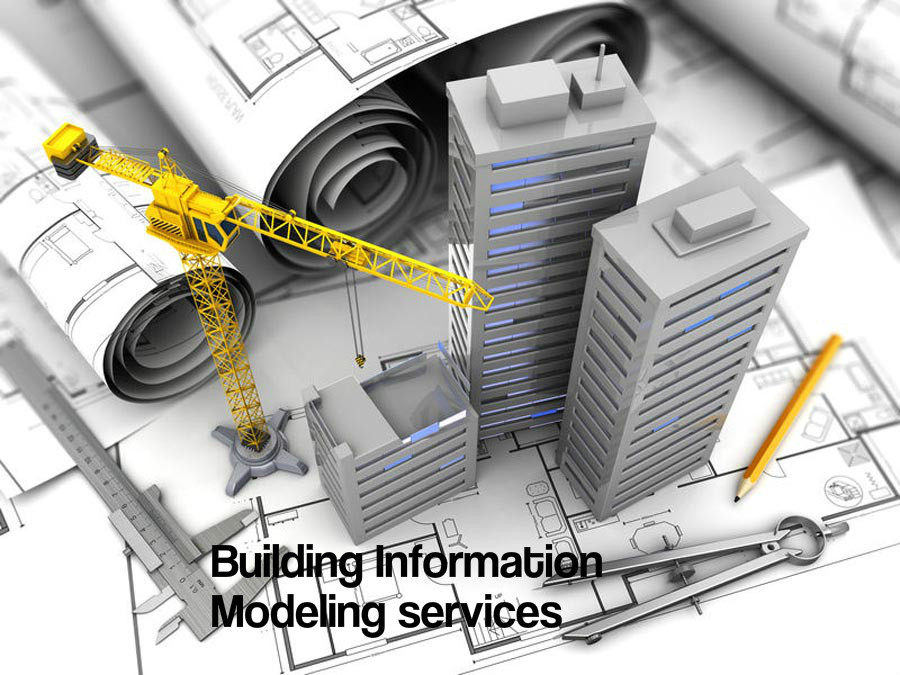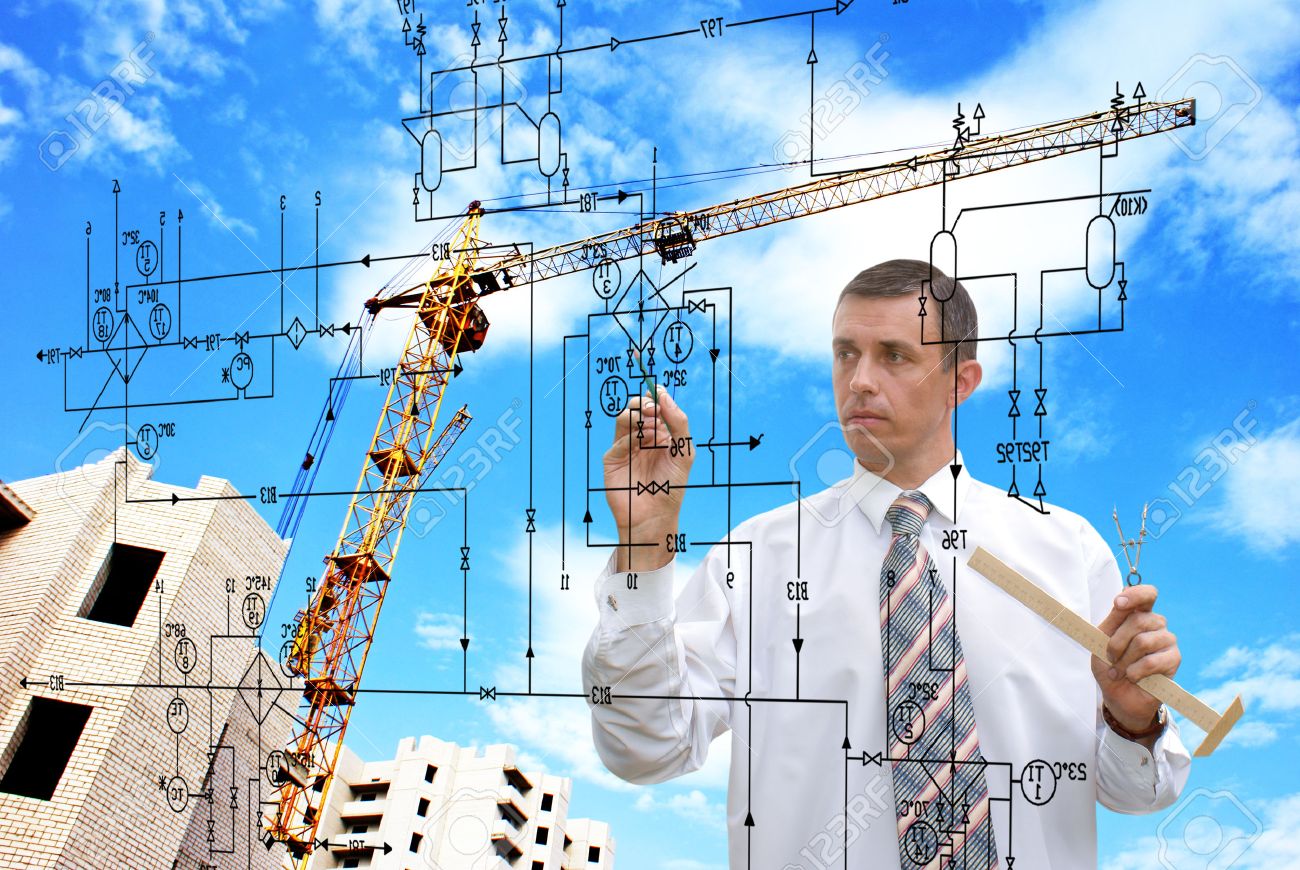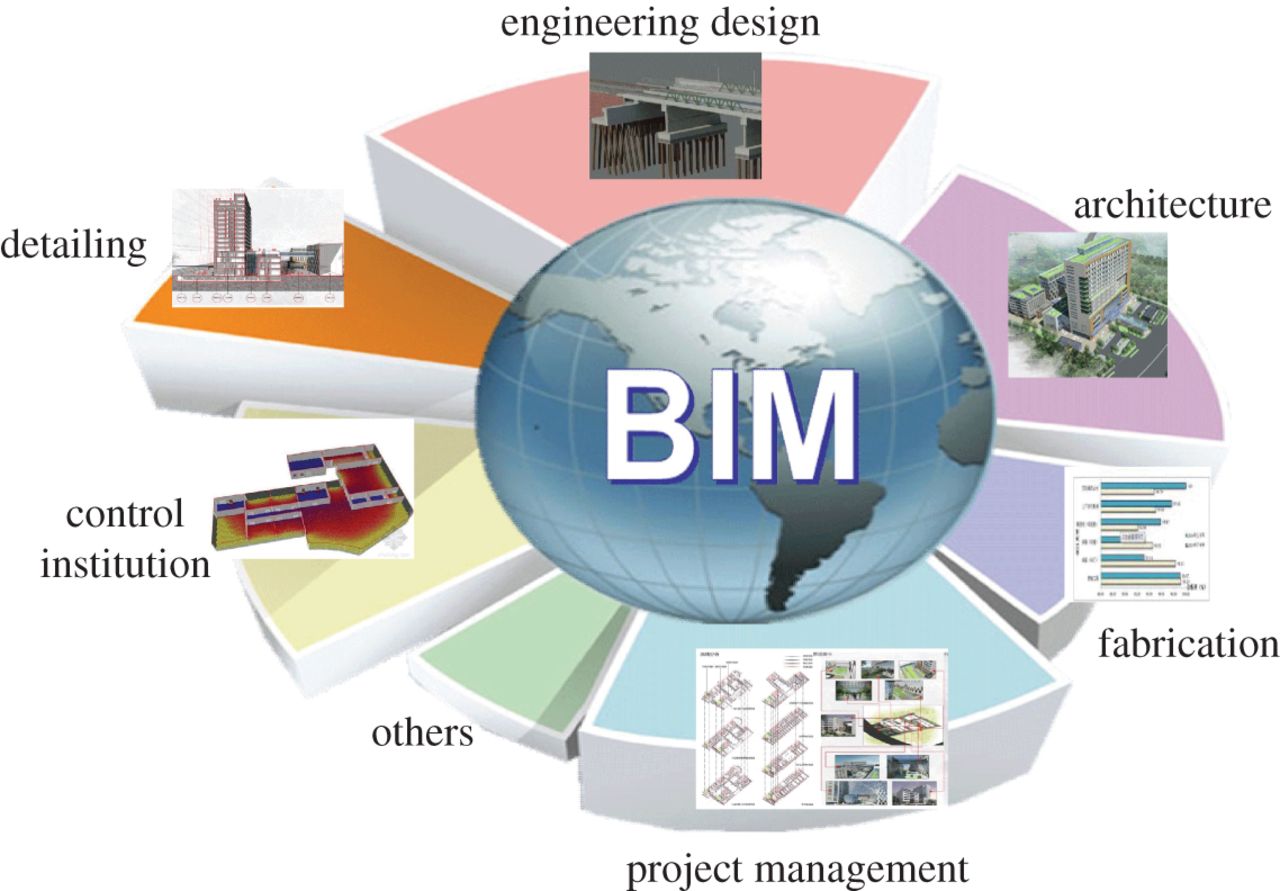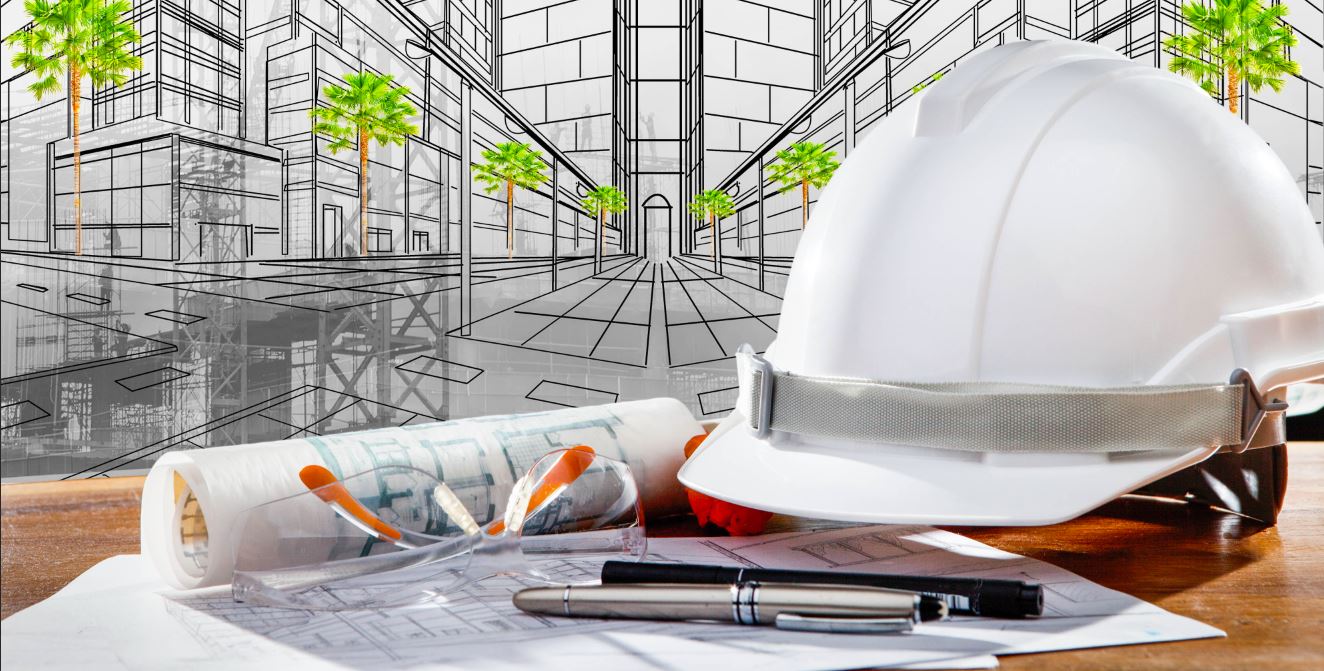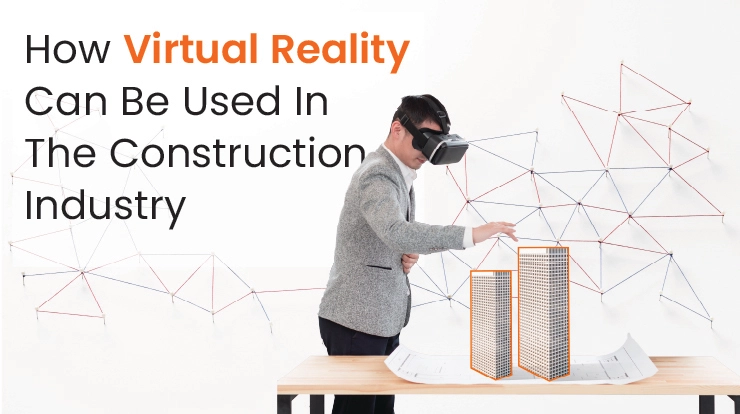
In the dynamic landscape of the construction industry, technological innovations continually redefine the way projects are conceptualized, planned, and executed. One such transformative technology making significant strides is Virtual Reality (VR). The integration of VR into construction industry processes offers unprecedented opportunities for visualization, collaboration, and efficiency.
In this blog, we will explore the diverse applications and benefits of Virtual Reality in the construction industry, and how this immersive technology is revolutionizing the industry and reshaping the traditional boundaries of design and project management. From enhanced project visualization to improved stakeholder communication, VR’s impact on construction is profound.
What is Virtual Reality?
Before we delve into its applications in construction, let’s briefly understand what virtual reality entails, and is referred to as a computer-generated environment that simulates a realistic experience. Through specialized headsets, users are transported into a three-dimensional world, interacting with and navigating through the digital space.
Virtual Reality (VR) functions by positioning a compact, high-resolution LCD or OLED monitor close to your eyes. Stereoscopic lenses enhance the display, creating a 3D effect. The headset tracks your head movements, adjusting the virtual visuals based on your location and orientation. This synchronization replicates your real-world motions in the virtual environment.
| Also Read: How Technology is Transforming the Construction Industry
VR in the Construction Industry

Let us move ahead, with “VR in the Construction Industry”. In this segment, we will explore how VR in the construction industry can be proved more advantageous and advanced, in comparison to the outdated traditional practices in the construction industry.
1. Enhanced Design Visualization
In the early stages of a construction project, architects and engineers grapple with translating blueprints and 2D models into tangible structures. VR offers a transformative solution. Designers can now immerse themselves in a lifelike representation of their plans, gaining a profound understanding of spatial relationships and scale, and facilitating effective communication among stakeholders.
2. Virtual Site Walkthroughs
Construction managers often face challenges when conveying the intricacies of a project to clients, investors, or even the construction team. VR bridges this communication gap by providing an immersive walkthrough of the construction site before a single brick is laid. Stakeholders virtually explore the site, gaining a comprehensive understanding of the project’s scope and intricacies.
3. Safety Training in a Virtual Environment
Safety is paramount in the construction industry, and VR is emerging as a powerful tool for safety training. Workers undergo realistic safety training simulations in a virtual environment, preparing them for potential on-site hazards without exposing them to real-world risks, eg, working at heights, operating heavy machinery, or dealing with hazardous materials.
4. Remote Collaboration and Communication
In today’s globalized world, construction projects involve collaboration among teams in different parts of the world. VR facilitates seamless remote collaboration and provide a shared digital space where team members can meet, discuss, and collaborate as if they were in the same room, enhancing communication, reducing delays, and ensuring that everyone are on the same page.
5. Efficient Project Management
Project management in the construction industry involves juggling numerous tasks, timelines, and resources. Virtual Reality streamlines this process by offering advanced project management tools. VR helps in minimizing delays and ensuring that the construction project stays on track. This efficiency translates into cost savings and timely project delivery.
6. Client Presentations and Marketing
For architects and developers, effectively presenting a vision to clients is crucial for securing projects. Virtual Reality provides a powerful tool for client presentations and marketing efforts. Clients can experience a virtual tour of the proposed construction project, gaining a realistic sense of the final product.
What is a Way Virtual Reality Can Be Used in the Construction Industry?
In construction, virtual reality enables the development of a digital duplicate of a project, facilitating the simulation of diverse scenarios and analysis of potential issues, empowering construction experts to make informed decisions and mitigate project risks. Now, let’s quest the answer to the question: “What is a way virtual reality can be used in the construction industry?”
Well, the answer lies in the immersive training experiences VR provides. Training in the construction industry is traditionally hands-on, but VR introduces a revolutionary shift. Workers can engage in realistic simulations, mastering complex tasks and machinery without setting foot on an actual construction site, enhancing skills, and minimizing the risks associated with on-site training.
Future of Construction Industry: A Virtual Revolution
As we ponder the future of the construction industry, it becomes evident that virtual reality will play an increasingly pivotal role. The ability to visualize projects in a realistic virtual environment will become standard practice.
This not only applies to the design phase but extends to project presentations, client walkthroughs, and even marketing endeavors. The construction industry is on the cusp of a virtual revolution that will redefine how we conceive, build, and experience structures.
Streamlining Project Management with VR
Project management in construction involves juggling multiple tasks, timelines, and resources. Virtual reality simplifies this complexity by offering sophisticated project management tools in a virtual environment.
Project managers can oversee every aspect of a project, from scheduling and resource allocation to progress tracking, all within an immersive and interactive VR interface, enhancing efficiency and reducing the likelihood of errors and delays.
Training the Workforce of Tomorrow
As we contemplate the future, the role of virtual reality in training the workforce of tomorrow becomes increasingly evident. The construction industry is facing a skills gap, and VR presents a compelling solution. VR provides an accessible and realistic training experience.
VR also equips the next generation of construction professionals with the skills needed to meet the evolving demands of the industry. This proactive approach ensures a competent and agile workforce ready to embrace the challenges of tomorrow.
Conclusion
In conclusion, Virtual Reality is not just a technological novelty; it’s a transformative force in the construction industry. From enhancing design visualization to improving safety training and enabling remote collaboration, VR is reshaping the way construction projects are conceptualized, planned, and executed.
As we stand at the precipice of a new era in construction, it’s evident that embracing Virtual Reality is not just an option but a necessity. The construction industry stands to gain immensely from the immersive and efficient capabilities. It’s time to don the VR headset and step into a future where buildings are not just constructed; they are virtually brought to life.
FAQs
Q1. How can Virtual reality help construction engineers?
Ans. Virtual reality enables construction engineers to visualize and interact with 3D models of projects, enhancing design reviews and collaboration. It facilitates immersive training, improving safety awareness. VR simulations aid in project planning, identifying potential issues before construction, ultimately saving time and costs while enhancing overall project efficiency.
Q2. What is the scope of VR in construction?
Ans. Virtual Reality in construction offers immersive simulations for design visualization, training, and project coordination. It enhances collaboration, reduces errors, and allows stakeholders to experience projects before construction. VR’s scope includes improved decision-making, enhanced safety training, and efficient communication, optimizing construction processes and project outcomes.
Q3. What is a way Virtual Reality can be used in the Construction Industry?
Ans. VR enables stakeholders to experience and identify potential issues before construction, improving collaboration and reducing errors. VR is a powerful tool for enhancing planning, communication, and decision-making in the construction process.
